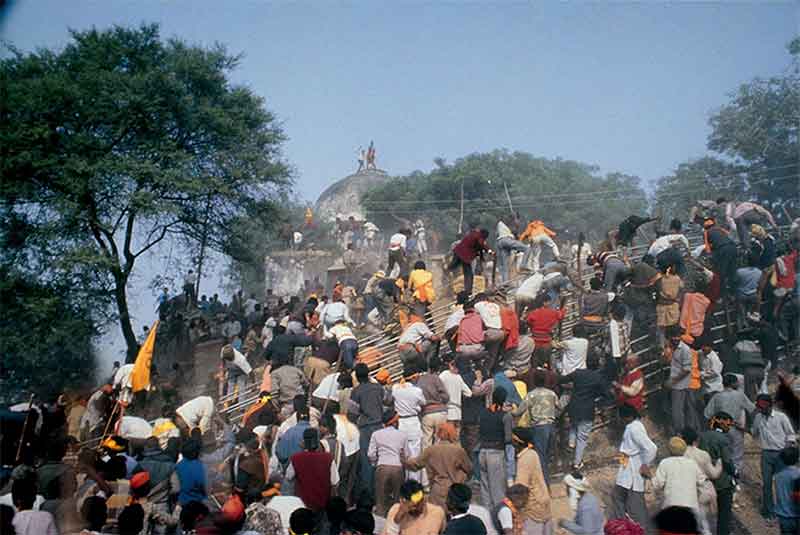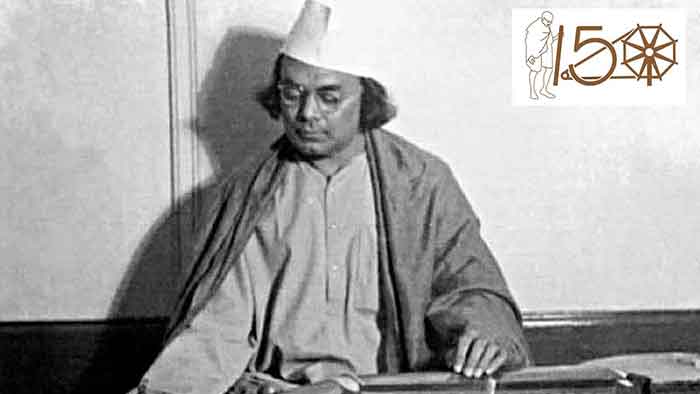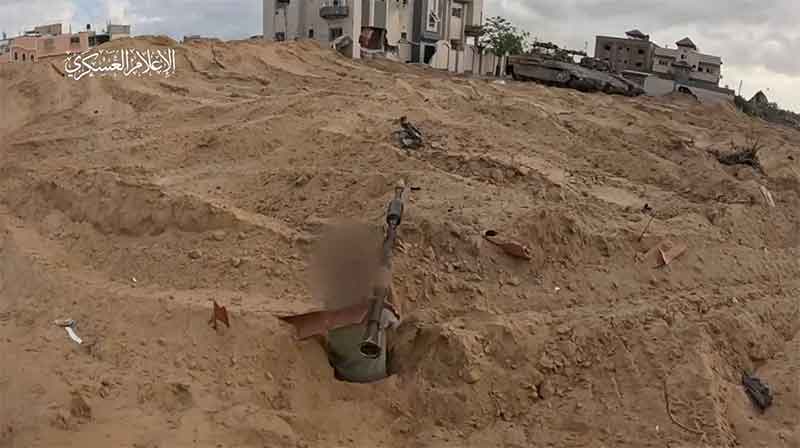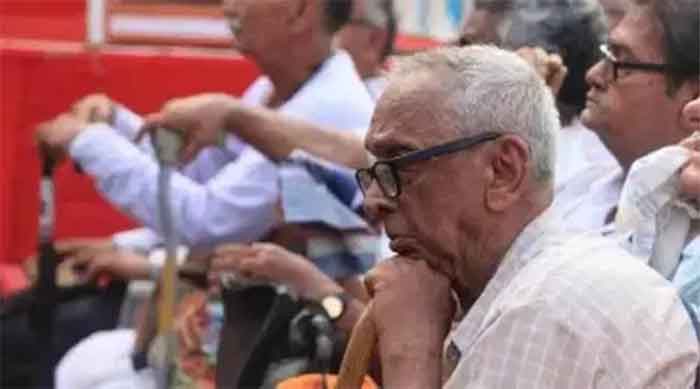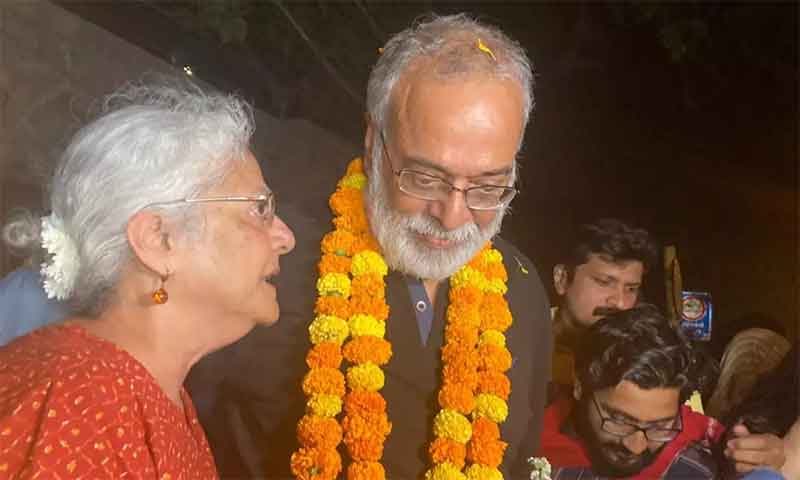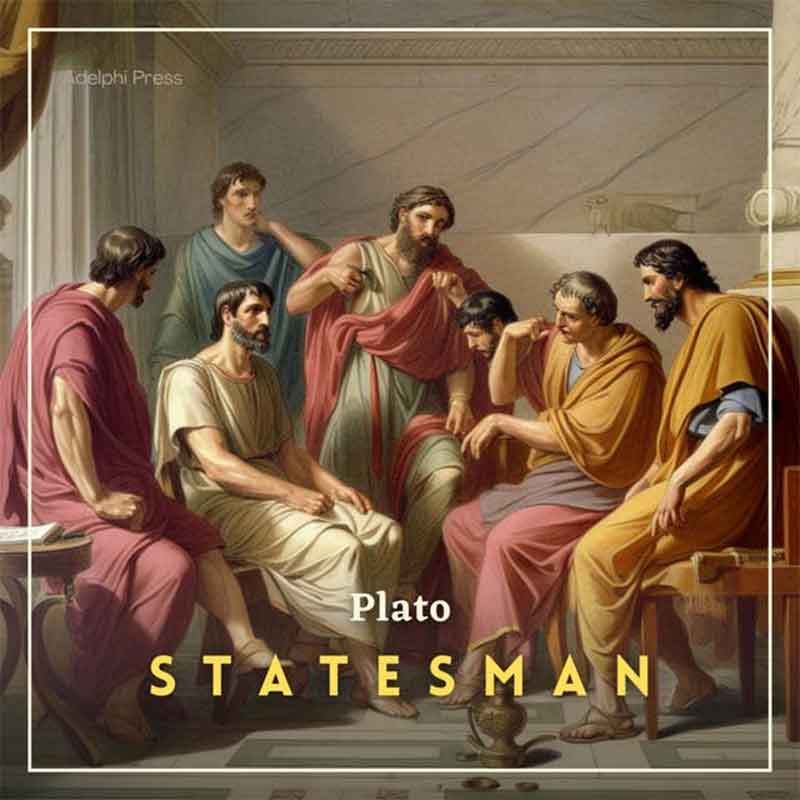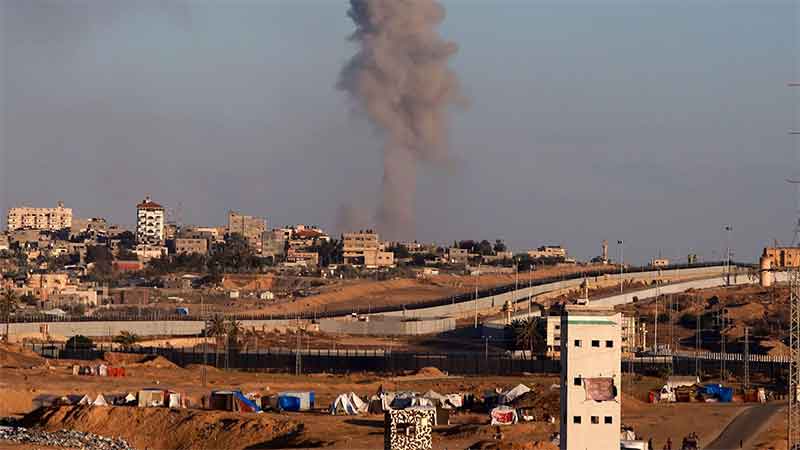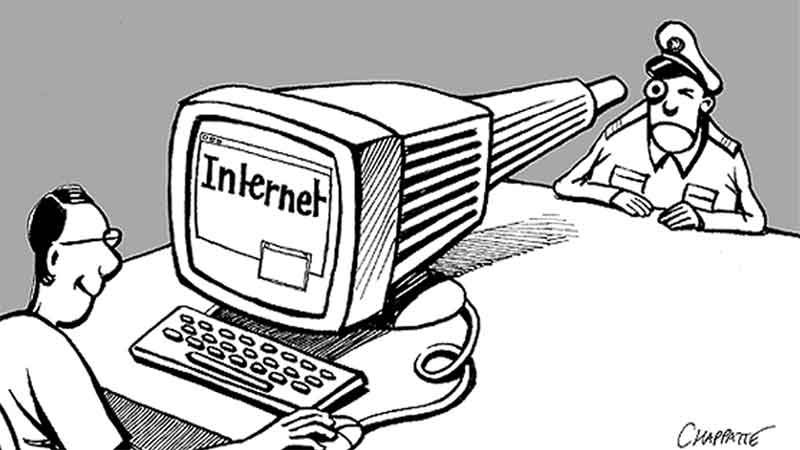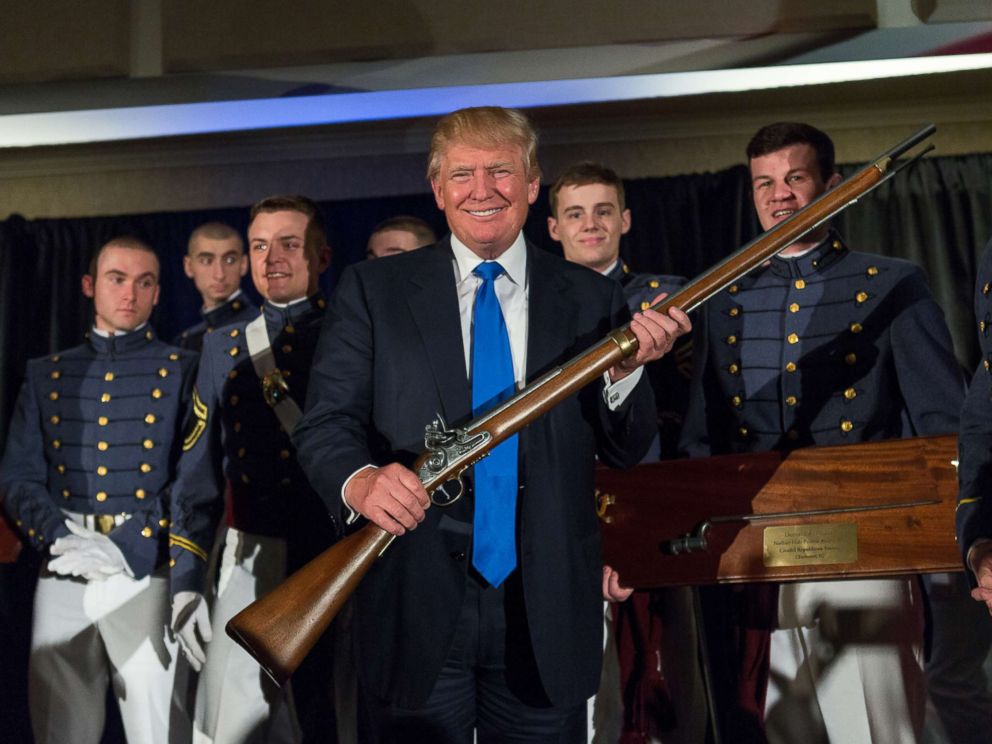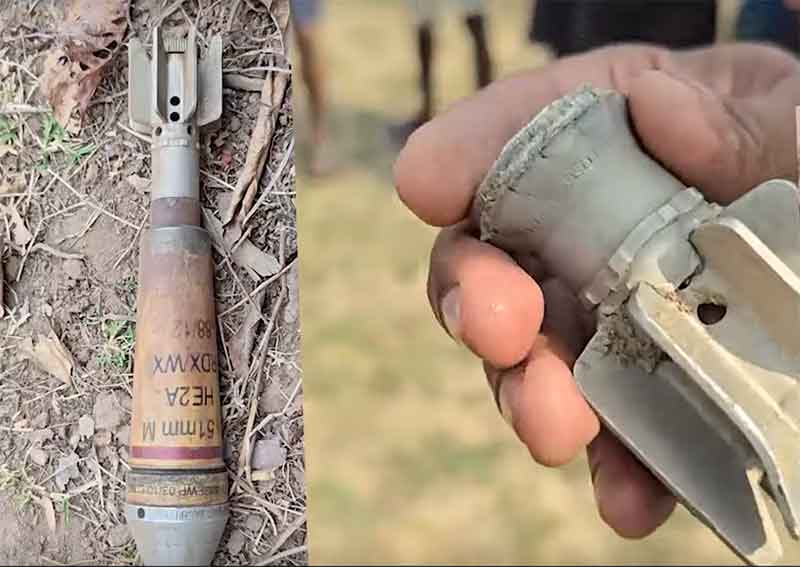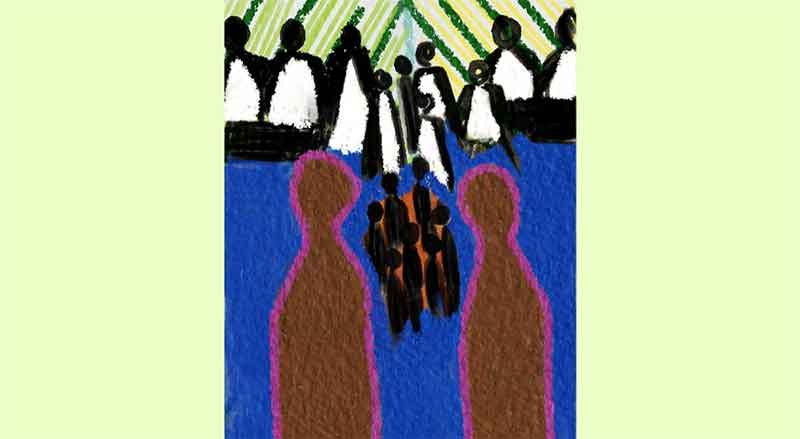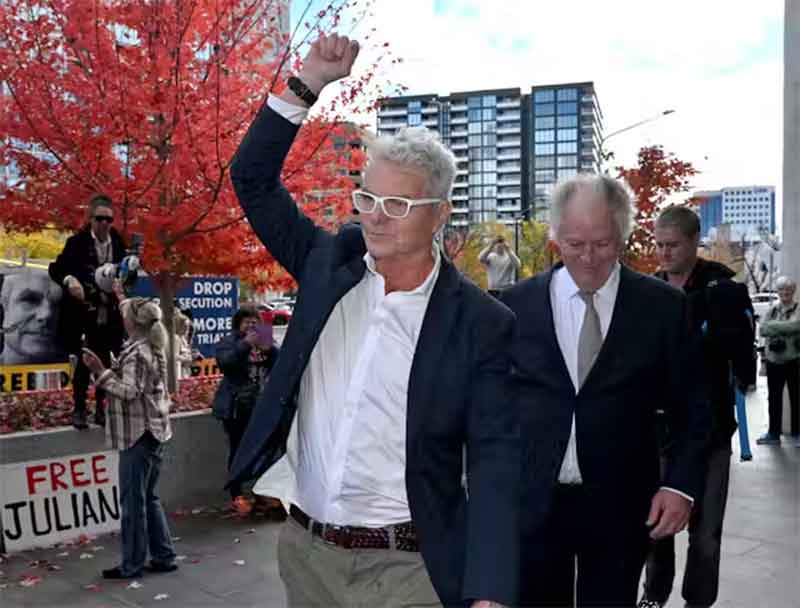
“The desecration or destruction of places of worship is a heinous crime. It should not be done anywhere and whoever does it is really doing a great disservice to not only all religions but to mankind itself.” – India’s former Prime Minister P V Narasimha Rao, Interview ( by Karan Thapar), December 1992
When responding to the Modi governments order nullifying article 370 in Parliament, Indian National Congress MP and former union Minister P Chidambaram, started his response by clarifying that he is not addressing the audience in parliament, but “a future generation of Indians”. This preamble to his speech merits much closer attention than has been given. This is because when events are triggered by forces that seem invincible at the moment, those are powerful words to utter. Mr. Chidambaram in that one sentence, both appeals to a future generation of Indians who are yet to be born, while implicitly and rightly castigating the present – including the audience of MPs in parliament – holding them to account for the crime of converting India’s only Muslim majority state of Kashmir officially into a “vassal” of the Indian union, rather than a full-fledged member. Kashmir is a separate but related matter to the subject of this article. Here we deal with another travesty of justice: namely, the completion of construction of a temple allegedly dedicated to the Hindu deity of Ram in the location where the same forces constructing the temple destroyed the ancient Babri mosque (or masjid) on December 6, 1992. Concerned citizens are rightly wondering if the nation will sleep walk into a dark place from which it may not be easy to extricate oneself. But for similar reasons as Mr. Chidambaram, this article seeks to speak both to a future generation of Indians as much as it is an appeal to the present-day India to vote out the Hindu nationalist regime in New Delhi.
In 1993, I was a middle school student at Indian School Muscat in the country of Oman. My family was part of a very vibrant South Asian (largely Indian) diaspora that formed the expatriate workforce powering the development of the nascent Oil power. The then Muslim monarch of Oman, Sultan Qaboos, bestowed the Indians living there with schools (Indian School Muscat being the largest among them), Hindu temples, churches, mosques and various avenues for cultural expression and growth. While my experience outside of the school spoke of generosity, tolerance and love from Omanis, my experience within Indian school, promoted respect for all human beings, for all faiths and colors. The faculty at my school actively emphasized the celebration and appreciation of the plurality of all the faiths, castes, religions and perspectives that constituted India and the world too. Indian School Muscat was (and perhaps still is) truly a demonstration of the liberal and humane values of the Indian Constitution on a small scale.
It was early morning in early 1993, although the exact date I cannot remember. I was a seventh-grade student sitting in a classroom by a window. I vaguely remember the bulldozer moving materials as construction activity proceeded in the desert outside and visible through the windows. It was examination time that day but first we had to get through the morning announcements over the Public Announcement system. Usually, these are pretty mundane but that day was different. I remember even to the present Mr. Anand Prabhu’s voice – his tone changed from his usual ebullient self – almost warning us “The events going on in our country are very serious and it should concern us all..”. The events were the Hindu Muslim riots in Bombay and other parts of India, that followed after the vandalism of demolishing a centuries old mosque known as the Babri Masjid in the ancient city of Ayodhya. The demolition was performed by an angry crowd of thousands belonging to the Hindu nationalist RSS led by their then leader Lal Krishna Advani. These are the same political forces that have been ruling India today with a majority in Parliament since 2014.
Hindutva project: an extremism without real grievances
I have always wondered about the strangeness of the ideology propagated by Hindu nationalists. They claim a certain pride in their ancient religion that’s been hurt by centuries of Muslim (and then Christian) rule. They allege that a certain Ram temple in Ayodhya was destroyed by Muslim rulers over 500 years ago. And those perceived grievances are then the justification for their own attacks on India’s present-day minorities, who clearly don’t control Hindu destiny today even by Hindu nationalists own convoluted logic.
This makes Hindutva a very different form of extremism from say Islamic extremism or the Irish extremism of past decades. Islamic extremists and Irish extremists when they carried out attacks against American or British targets, have grievances against the societies that they are targeting that have a material basis in reality. Al-Qaeda can point to real US actions in supporting Israel’s occupation of Palestine. The IRA can call out the British colonization of Irish lands. Those are real, verifiable and often ongoing grievances. It doesn’t justify the terrorist response but nevertheless the grievances have a basis in reality.
But Hindutva is unique, in the sense that its grievances (Ayodhya temple being destroyed by Muslim rulers or millions of Hindus being converted to Islam using violence) are more articles of faith than verifiable facts. Even India’s Modi friendly supreme court while granting the disputed land in Ayodhya for the construction of a Hindu temple, was unable to conclude that a temple had been destroyed for the purposes of constructing a mosque.
And neither are the grievances related to today’s life and aspirations of India’s Hindus.
Performative destruction of places of worship of other faiths – a new dark chapter for Hinduism
In the current discussion in the mainstream over destruction of mosques and their perceived restoration, it can often be overlooked that there is ample historical evidence about destruction of temples of other faiths by Hindus. Specifically, the destruction of Buddhist temples and monasteries by Hindu kings and religious figures and its conversion into Hindu temples [1].
There is thus more legal justification for Buddhists to request our dear courts to allow them to reclaim a large number of Hindu temples and have it restored to their original Buddhist construction and practice. A matter unthinkable in India not because of evidentiary reasoning but because of doctrinal reasoning: such discussion will be an inconvenience that comes in the way of chest thumping over the false narrative of native Hindus being the victims all the time from foreign religions.
Even considering the mixed moral record of Hinduisms past, something uniquely unprecedented has happened around Babri masjids destruction and the campaign that successfully replaced it with a temple of choice of the vandals who performed the destruction. The unprecedented nature of Babri masjid demolition / temple construction has to do with the ability to convince ordinary Hindus in a lie that this is actually a just conclusion of some historical grievance. An entire generation of Hindus is being convinced by government propaganda of this lie. In the process, the violence that the destruction symbolized and the blood of innocents that were needless spilled in the process are relegated to the background.
The so-called Ram temple that’s been constructed can thus never really be a temple to Lord Ram – not a temple to Gandhi’s Ram, or Kabir’s Ram, never to a Ram of peace and character that we Hindus and Muslims alike admire and celebrate every Diwali. Such a temple, can only be a temple of terror. A temple that celebrates both terror and the lies that were said to sustain it.
The future history yet to come
Today secular Hindus see their friends, families gleefully celebrate – almost instinctively, almost in an infantilized manner, the so-called consecration of the so-called temple to Ram. Around January 22, 2024 of this year we saw posters everywhere – on social media, on television, invitations sent to homes, of a child Ram being led by our brave leader to his new abode. Why would anyone not ask if the all wise Lord Ram would want to follow or even be seen with Modi and his ilk who murdered in cold blood (and in dereliction of their official duties) thousands of innocent Muslims in 2002? Why is no one bothered by all this and this must make us all feel very sad and depressed for what appears to be indifference to injustice, indifference to historical memory of the Babri Masjid demolition. And even indifference to the plight our fellow Muslim citizens and the harassment they have been facing in recent years. But you see, this is where we are letting our emotions get the better of ourselves. A large section, possibly a majority of the Hindus who are celebrating this “temple” have no ill will against people of other faiths. What could explain the cause of the people across our land participating in this ritualistic celebration of this sadistic event? There are three informational blinders at play here that prevent people from seeing the injustice that they are being tricked into participating in. Firstly, the silencing of all critical media outlets has led to an overwhelmingly positive coverage of the governments temple opening moves. Critical voices are few in the mainstream media. Where the critical voices do appear, they are not in the mainstream press, but do exist in the margins or in regional outlets. Secondly, institutional reinforcement of false ideas over decades, specifically with constitutionally weak and self-contradicting judgements from the courts. Take the 2019 Supreme Court ruling for example, that awarded the disputed land for the construction of the temple. It calls the demolition of the Babri Masjid a crime, but yet awards the land on which it stood to the party that carried out the crime. Such judgements create an aura of fairness, by resorting to institutional authority that the temple construction is in the end either fair or at least the result of a fair process. Unless, people take a hard look at the underlying facts and contradictions – which most people will not have taken the time to do — they will not have the intellectual armor needed to question such dubious resort to authority. The third blinder is the blinder of caste and class and privilege, that prevent caste Hindus from seeing the suffering inflicted in the name of Hinduism on fellow Muslims, Christians and Dalits. Cocooned in privilege and insulated socially from people outside of their narrow circles, it is very easy for many to join their friends in the party (or Puja) for the ‘Ram temple’, their children often dressed up as an innocent Ram Lalla.
But talk to any of them and ask them if they think it is normal to construct a temple after destroying another’s place of worship? The blinders will start coming off pretty fast and rapidly. A family friend that I talked to readily agreed that it is not justified and they are simply there in the celebration because they are taken in by the glamor and color – in other words, blind ritual following of their friends and relatives. But no attachment to the project of Hindutva that seeks to coopt them as silent spectators in the dismantling of the Republic. Therein lies the hope for those of us who seek to reclaim the Republic of India and its Constitution. But then do we – the secular Indian forces – have to be only reactive to the machinations of Hindutva? Hindutva set itself a goal of destroying a mosque and replacing it with a temple, as a symbolic inauguration of its Hindu state. We, the secular forces, should also set ourselves a symbolic goal. Our goal (unlike Hindutva’s) should not be destructive but rather redemptive. But what symbolic long goal am I talking about here?
Red Museum Project
I propose that those of us who want to reclaim the Indian republic and its high values of equality and secularism should strive to construct a Red museum, a sprawling structure, as big as the temple of terror and not too far from it (perhaps even next to it if possible) in Ayodhya. It will serve as a memorial of a time, our time, when ignorance, hatred towards minorities and manipulation were carefully injected and spread throughout our body politic. We shall call this effort, The Red Museum Project. The structures within the museum will be almost completely in Red, signifying the life and blood of innocents that was lost to overcoming Hindutva. At its entrance, will be 3 blood red statues of Nehru, Gandhi and Ambedkar, holding the Indian constitution and looking anxiously, even grievously towards the new temple where the Babri mosque once stood. One of their hands is pointing wearily toward the temple while with the other hand, they are together holding a giant book representing the Constitution of India. It is as if they are struggling against the prevailing winds in their efforts to prevent that lofty document from falling off their hands. The symbolic winds that these statues of the future are struggling against will represent the struggles that all of us and our future generations will go through to reclaim the values of our Constitution. Beyond the statues, the visitor will be taken through a long path way. On either side of the pathway are various trees, flowers and plants. Each tree or plant will be a memorial to the victims of RSS violence. A huge banyan tree with broad branches will mark a memorial to the father of the nation M K Gandhi who was assassinated by an RSS member. Various types of mangroves will be planted in this garden to vulnerably mark the numerous and incalculable victims of RSS terror. There shall be a plaque commemorating the victims and the struggle for justice that accompanied each of the events. There shall be dedicated gardens along the way for the victims of the worst violations of the Indian Constitution, from the trail of blood that preceded destruction of the Babri mosque in 1992, the so-called Rath Yatra of BJP leader L K Advani to the violence unleashed on Muslims after the demolition of the mosque. There shall be commemoration in the garden of the lives of the Christian victims of RSS attacks in the Dangs district of Gujarat in 1999. Photographs and writings will talk about the lives of Australian missionary Graham Staines and his two sons who were mercilessly burnt alive by the RSS and Bajrang Dal in 1998. The trees shall talk about the genocide of Muslims in 2002, where 3000 Muslim citizens were murdered. There will be memorials to all the women and mothers who suffered sexual assaults, loss of their children. Kandhamal, Orissa where, in December 2007, dozens of Christians, including the elderly, were paraded naked, with a “om” forced on their forehead will find a special mention along with stories about the lives of some local personalities among the hundreds in Kandhamal who were murdered in cold blood. There will be photographs, framed reports of leading newspapers of the time along with reports from various government and human rights agencies all placed for the visitors to examine and learn from. Beyond the gardened walkway, shall be a humble but sprawling building. Inside the building, there will be theaters, videos, various presentations and demos, depicting how with a steady combination of hate, violence, money and ignorance, the various institutions of democracy collapsed one by one – from the media, the Supreme court, the CAG, the Election Commission, CBI, ED, IT etc. The staff at the Red Museum will have presentations about the collapse of Indian democracy: Discussions about how the RSS was able to exploit institutional weaknesses when it was in power, to capture and break the independence of all the 4 estates of the Republic. How media charlatans, craving their own positions, subordinated their journalistic professionalism to the demands of their corporate owners. Instead of holding the government to account, the Godi media participated in ritual attacks on the opposition. Official agencies like the Central Bureau of Investigations, Enforcement Directorate and Income Tax departments blindly bent over backwards and followed the orders of the government in targeting opposition members. The Election Commission, loaded with members of the RSS, refused to perform an even-handed job in administering the elections.
Towards the rear end of the building or perhaps in its spacious backyard, will be exhibits, that will speak to the struggles yet to come today, but would have been completed by the time the Red Museums construction is completed. This will be the only part of the Red Museum that will have multi-colored structures and art. It will speak to a future yet to be written where we will struggle, organize and sacrifice to restore India’s constitutional values of equality and justice. But what will the contours of such a long struggle to reclaim India’s constitution look like? What monuments to struggle can one expect to see in this colorful end-section of the Red Museum?
The future yet to come
Indians and students of Indian history, who care about the ideals of equality and liberty, can feel exasperated during these times. It is easy to look at the construction of a temple on the site of destruction of an ancient mosque, with celebrations forced across the land using state power and the power of capital. With RSS affiliated organizations not only in India, but even in the US, setting up rallies and LED screens in temples and public venues, a secular minded person who cares about India, can easily walk to that psychological place where they ask: How can this religious fanaticism be resisted or can it ever be overcome?
This brings to mind the words of Michael Albert, who wrote after the reelection in the 2004 US Presidential election of George W Bush, despite a strong anti-war sentiment in the country. He wrote then “What is left now?”.. before answering his own question: “The true left is what is left”.
We in India are faced with a similar question and answer. What is left from this frenzy will be those of us truly believe in an India of equal rights, of freedom of thought and liberty. And if you are one of those, it may be tempting to think you are alone. But then even the opponents we are up against don’t believe that. Think of the reasons the pitch of the temple celebrations is ramped up to such high decibels.
Given the decades of RSS influence and propaganda across India, the struggle to overcome our worst impulses of hate and violence will be a long one. If the BJP is defeated in this election, then we will still have need many decades of struggle to come to terms as a nation with the institutional failures that has already befallen us. People who were bystanders or even participants in anti-minority violence will have to find ways to redeem themselves. Those of us who were misled by propaganda will have to build greater levels of intellectual self-defense. There will need to be a reckoning for the actors within the media and judiciary and other organs of our nation who bent over backwards to the governments demands. When the times demanded that all be risked to defend the constitution, there will be a lot of answering to do as to why no court could expedite the release of journalists, intellectuals and whistle blowers who have been imprisoned using draconian laws by the Modi regime. And people will need to demand to know why the hands that write were silent when a young Umar Khalid has been kept imprisoned without trial for years on end for merely making “provocative speeches” while the ruling regime at multiple levels makes incendiary and hateful speeches against Muslims all the time without any legal consequence. However, if the BJP wins this election, then the struggle will become not only exponentially harder but also a qualitatively different kind: a multi-generational struggle to reclaim our constitution and freedom. Much like the freedom struggle that lasted over two hundred years in various forms against the British. There will be many of us who like Bhagat Singh, will face the gallows in challenging the injustices of the Hindu Rashtra. Yet others in government would choose – like IPS officer Sanjiv Bhat did – to follow their oath to the Constitution and refuse to participate in state sponsored violence against any group of Indians. The Hinduised universities of the new Hindu Rashtra will accelerate its attack on scientific thinking and free expression of its students. But many thousands of students after studying various movements of the past in India and abroad, will refuse to submit to the dictatorial demands and instead will create thousands of encampments where free speech is put into practice and popular universities are established that would teach about India’s diversity and constitution. The Red Museums only colored section, will document all this in a lively manner along with noting how overtime such acts of resistance grew to many sections of India’s population until such time that the RSS was forced to allow fair elections, restore India’s constitutional order and then disband itself.
With such a long struggle ahead, the reader might wonder if it is useful to have the Red Museum project as a goal. Wouldn’t there be more important goals to focus on? Where would we even get the land for the Red Museum? But you see the Red Museum project – unlike the temple project – is a project of redemption, not a project of destruction. In Germany, numerous memorials to the Nazi era remind Germans every day of the time when its democracy collapsed. This reinforced with the teaching of the crimes of the Nazi era in schools, allows generations of Germans to reflect on the institutional collapse when checks and balances within society failed and could not prevent the destruction of human freedom. Similarly, a Red Museum in Ayodhya can serve as a memorial to both the folly of our present and our struggle ahead. It is not even necessary that the Red Museum project be physically constructed in Ayodhya (though that would be preferred). The Red Museum project is a project firstly in the hearts and minds of people. A north star that will guide us in our struggle. Until one day the majority of Indians, in particular the vast majority of Hindus are convinced of the need for a Red Museum next to Ayodhya’s temple of terror. That day will also be the day when the vast majority of Hindus will teach their children to never ever enter the temple of terror as it goes against every decent teaching in Hinduism. When that day arrives, the Red Museum would have already achieved its purpose and the Indian Republic would have found its next meaningful chapter.
The republic shall prevail! Jai Hind!
Karthik Ramanathan is a US based technology professional. He is also a writer for Human Rights and has written about topics relating to Hindutva, Imperialism, War, Racism and Solidarity movements. He can be reached at [email protected]
References:



